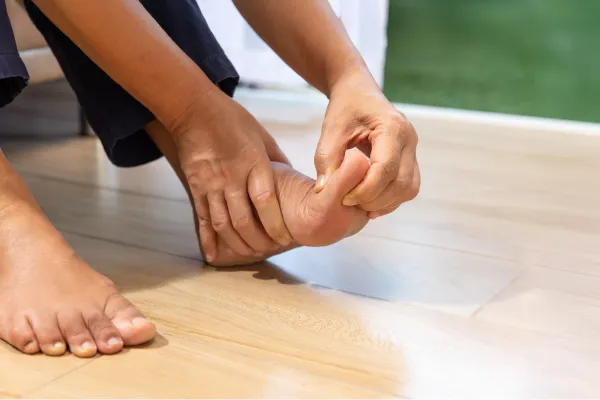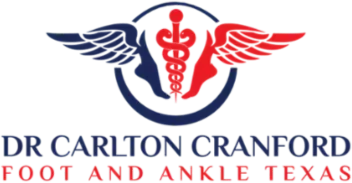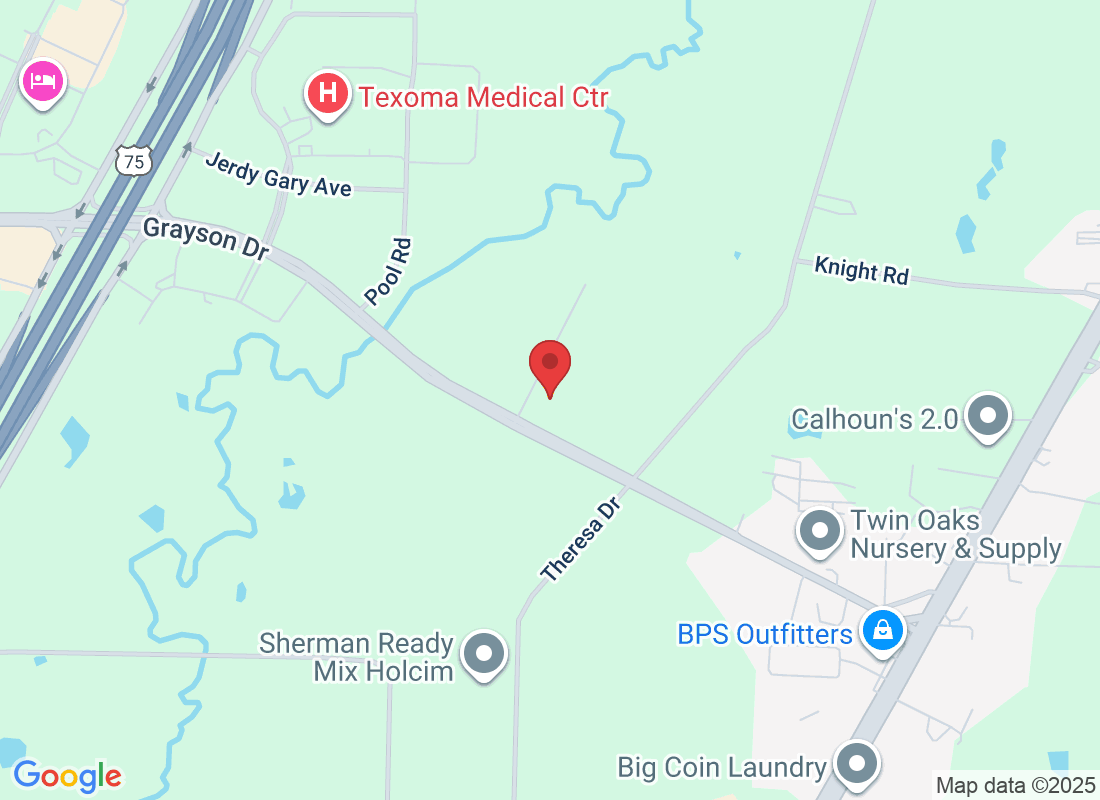
Turf Toe Explained: Not Just for Pros—How to Treat It Right
What is “turf toe,” really?
Turf toe is a sprain of the big toe joint. It happens when your big toe is bent upward too far, too fast—like when you push off to sprint, get tackled, or your foot sticks to the ground while your body keeps moving. It’s common on artificial turf, but it can happen on grass, the court, the gym floor—even at home.
How it feels
Pain at the base of the big toe (ball of the foot)
Swelling and bruising around the big toe joint
Hard to push off when walking or running
Stiffness or a feeling that the toe is “weak”
If it hurts to do a simple toe push-off or you can’t rise onto your toes, it may be turf toe.
Why it happens
Sudden force: A quick push-off, jump, or a tackle that jams the toe upward
Flexible shoes: Very bendy forefoot without enough support
Turf and slick surfaces: Your shoe grips while your body twists
Fatigue or tight calves: Less control means more toe strain
How bad is it? (A simple way to think about “grades”)
Mild (Grade 1): Sore and a bit puffy, but you can still walk.
Moderate (Grade 2): More pain, swelling, and bruising; pushing off hurts.
Severe (Grade 3): A serious sprain or tear. Walking is very painful, toe feels unstable.
You don’t need to memorize the grades—just know that more swelling, bruising, and trouble pushing off usually means a bigger injury that needs more rest and support.
First aid you can start today
Rest & protect
Stop running and jumping. Switch to low-impact (bike, swim) if it doesn’t hurt.
For mild cases, a stiff-soled shoe or carbon fiber insert can limit bending.
Ice for 10–15 minutes
2–3 times a day for the first 48–72 hours to calm pain and swelling.
Compression & elevation
Light wrap if it’s comfortable, and elevate your foot above your heart when you can.
Buddy taping (gentle)
Taping the big toe to the second toe can steady it—but don’t tape too tight. If it increases pain or tingling, stop.
Anti-inflammatory care
Use over-the-counter options as directed by your doctor or pharmacist.
If walking is very painful, use a boot or post-op shoe (stiff, rocker bottom) until you’re checked.
When to see a podiatrist
Pain doesn’t improve in 3–5 days
Significant swelling or bruising at the big toe joint
Hard to push off or you’re limping
A pop at the time of injury or the toe feels unstable
You play a sport and need a clear, safe return plan
At Foot & Ankle Texas, we’ll examine the joint, check your range of motion and push-off strength, and review your shoes and playing surface. If needed, we’ll order imaging to look for hidden damage (like small bone injuries or a big ligament tear).
Treatment—what we do in the clinic
Protection & support: Stiff-soled shoe, carbon-fiber insert, taping, or a walking boot for moderate to severe sprains.
Targeted pain and swelling care: Ice schedule, safe meds, and activity adjustments.
Rehab plan: Gentle range-of-motion first, then toe flexor/foot intrinsic strengthening, calf and hip work, and balance drills.
Return-to-play steps: Progress to jogging, cutting, and sport-specific moves only when push-off is strong and pain-free.
Surgery (rare): For severe tears, unstable joints, or injuries that don’t heal with conservative care.
Simple rehab moves (pain-free range only)
Toe curls with towel: 2–3 sets of 10–12
Marble pickups or short-foot holds: 2–3 sets of 20–30 seconds
Calf raises (both feet → single-leg): 2–3 sets of 10–15
Ankle balance (single-leg stand): 3 × 20–30 seconds, eyes open → eyes closed
Stop if pain spikes. Rehab should feel like work, not a sharp sting.
How to prevent it
Choose the right shoes: Look for forefoot stiffness (the front shouldn’t fold in half).
Use an insert if needed: A carbon-fiber plate can limit big toe bend during sport.
Strengthen your feet and calves: Better support = less strain on the toe.
Warm up smart: Dynamic moves (leg swings, calf pumps) before you sprint or cut.
Mind the surface: Be extra careful on turf or slick floors; replace worn studs/cleats.
FAQs
Is turf toe only for football players?
No. We see it in soccer, basketball, dance, cheer, and even during everyday slips or stumbles.
How long until I’m back?
Mild: 1–3 weeks with protection and smart rehab
Moderate: 3–6 weeks
Severe: 6–8+ weeks, sometimes longer and may need a boot or surgery
Do I have to stop all exercise?
Not always. Many people can bike, swim, or lift while the toe heals—as long as it’s pain-free and cleared by your provider.
Will it come back?
It can if the toe keeps bending too far. The right shoes, inserts, and a solid strengthening plan lower the risk.
Want to heal that turf toe—for good?
You don’t have to guess or “walk it off.” With the right support and a clear plan, most people heal well and get back to the activities they love.
Foot & Ankle Texas — expert, friendly care to keep you moving.
Call us or book online for a visit.



